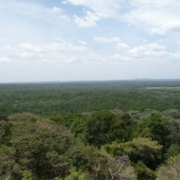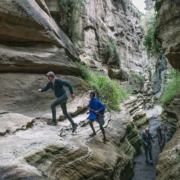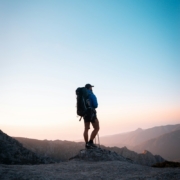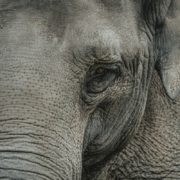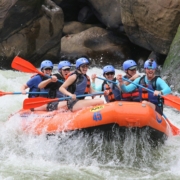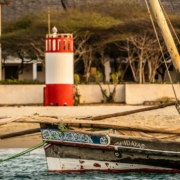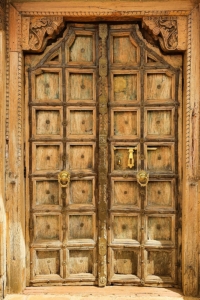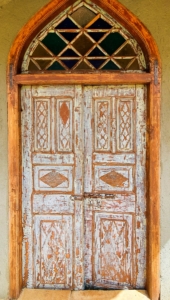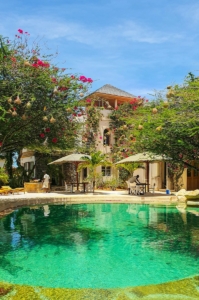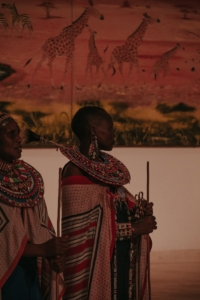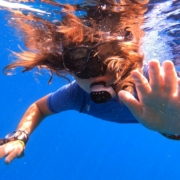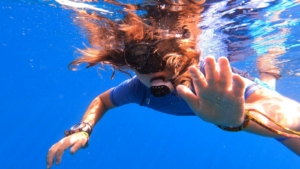Karen Blixen Museum Nairobi: Journey into Kenya’s Literary Heritage
Step into a world where rolling plains stretch towards the horizon, sun-drenched coffee farms paint the landscape, and the spirit of a legendary writer lingers in the air. The Karen Blixen Museum in Nairobi isn’t just a museum; it’s a gateway to Kenya’s literary heritage, beckoning you to explore the life and legacy of Karen Blixen, better known by her pen name, Isak Dinesen, and her iconic novel, “Out of Africa.”
Imagine arriving at the museum, a charming farmhouse nestled amidst lush gardens. The colonial architecture whispers tales of a bygone era, and the very air seems tinged with the vibrancy captured in Blixen’s writing. As you step inside, memories from “Out of Africa” come alive – the passionate Denys Finch Hatton, the loyal Kamante, the vastness of the Kenyan landscape – intertwined with the personal narrative of an extraordinary woman.
Delve deeper into Blixen’s life through the carefully curated exhibits. Antique furniture whispers of her refined taste, well-worn writing instruments hint at her prolific output, and personal belongings offer glimpses into her daily routines. Each artifact tells a story – of her love for coffee farming, her fascination with local culture, and the solitude that fueled her creativity. Spot the iconic gramophone from the film adaptation, and imagine Blixen’s voice filling the room, narrating her poignant tales.
But “Out of Africa” is just the beginning. The museum goes beyond the novel, showcasing Blixen’s multifaceted identity. Discover her captivating photographs, capturing the essence of Kenya’s diverse landscapes and people. Learn about her passionate advocacy for social justice, especially her fight against female genital mutilation. Explore her lesser-known literary works, including “Seven Gothic Tales” and “Winter’s Tales,” revealing the depth and complexity of her writing.
The Karen Blixen Museum isn’t just a repository of the past; it’s a vibrant space dedicated to preserving and celebrating literary heritage. Educational programs introduce young minds to the magic of storytelling, while literary events spark discussions and debates. Collaborations with international institutions solidify the museum’s role in the global literary landscape.
Leaving the museum, you carry more than memories; you carry an understanding. You understand the power of words to paint pictures, transport you to different worlds, and challenge perspectives. You understand the impact of individuals like Blixen, who not only chronicled a time and place but also left an indelible mark on Kenyan culture and history.
So, pack your curiosity and embark on this literary adventure. Visit the Karen Blixen Museum, and let the pages of history come alive. Remember, stories have the power to connect us across cultures, generations, and time. Step into the world of “Out of Africa,” and discover the timeless legacy of Karen Blixen, waiting to be explored.


